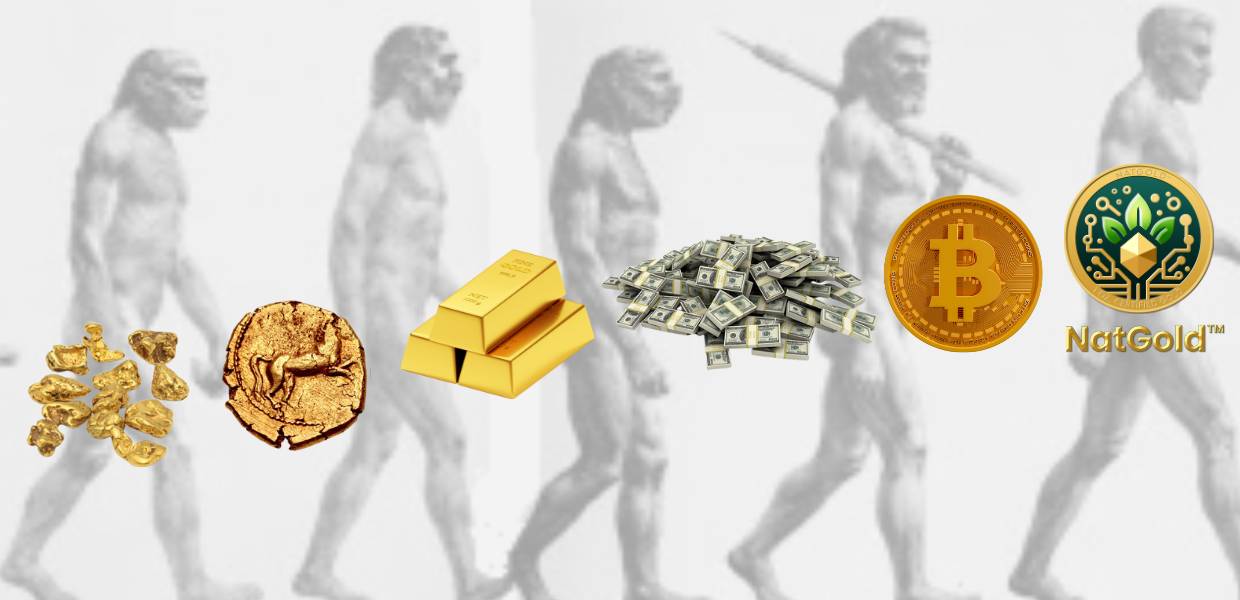Cryptocurrencies, especially Bitcoin, have ignited intense discussions about the future of financial transactions and money itself. Amid this fervor, there’s a common misconception that Bitcoin represents a novel form of money. However, a closer examination reveals that Bitcoin’s true novelty isn’t in the money it represents but in the way it’s exchanged. Distinguishing between “money” and the “exchange mechanism” illuminates the fact that while types of money akin to Bitcoin have been around for ages, the capacity to conduct electronic exchanges without an intermediary is profoundly innovative. This exploration uncovers that Bitcoin isn’t introducing a new category of money; instead, it’s pioneering a new method of transaction that could accommodate various money forms and other asset types.
Clarifying the Role of Bitcoin in Modern Finance
A common misunderstanding surrounding Bitcoin is its classification as a revolutionary form of currency. However, the true innovation of Bitcoin lies not in its function as money but in the way it facilitates transactions. Traditionally, the concept of money — the physical or digital asset that is exchanged — is distinct from the method by which it is exchanged, known as the exchange mechanism. While physical currency like the coins and notes in your pocket represent traditional forms of money, the mechanisms for exchanging these assets, from direct hand-to-hand transactions to digital transfers, have evolved.
In contemporary financial discourse, exemplified by reports from major financial institutions such as the Federal Reserve, the debate often centers on cryptocurrencies’ classification within the monetary system. This discourse invites a reevaluation of Bitcoin’s contribution to financial technology. Is the essence of Bitcoin’s innovation its status as a novel monetary form, or does its significance lie in its unique approach to facilitating exchanges without traditional intermediaries?
By reexamining Bitcoin’s place in the financial ecosystem, it becomes clear that its hallmark is not as a new type of currency but as a pioneering exchange technology. This distinction is crucial for understanding Bitcoin’s impact and potential legacy in reshaping how value is transferred in the digital age.
Clarifying Money Types:
Fiat Money: This type of currency, which includes well-known examples like the US dollar and the EURO, derives its worth not from any physical value but from a collective belief in its utility for transactions. Essentially, fiat money is backed by nothing more than the paper it’s printed on and the designs made by ink, a concept that extends to digital forms like Bitcoin.
Asset-Backed Money: Here, the currency’s value is directly tied to a tangible asset. The classic example is gold coins, which hold intrinsic value due to the precious metal they contain. This category represents a direct link between the currency’s worth and an underlying physical good.
Claim-Backed Money: The value of this money type hinges on the issuing institution’s promise to redeem it for something of value, such as goods or services. Bank deposits and checks fall into this category, with their worth based on a bank’s guarantee to convert these instruments into cash or their equivalent.
Clarifying Exchange Mechanism Types:
Physical Transfers: This involves the direct, hand-to-hand exchange of money in its tangible forms, such as paper currency or metal coins. An instance of this is purchasing a coffee by physically handing over cash to the cashier. Checks, representing a promise of payment, can also be considered under this category as they require physical exchange to initiate the transfer of funds.
Electronic Transfers with a Trusted Third Party: This type of transfer is exemplified by digital payment systems like Zelle. Zelle allows individuals to send and receive money directly from their bank account to another individual’s account within minutes, using only an email address or a mobile phone number. Here, the banks involved act as trusted intermediaries, validating and processing the transactions. Zelle showcases how modern technology facilitates immediate financial transactions while still relying on traditional banking institutions to ensure the security and authenticity of these exchanges.
Electronic Transfers without a Trusted Third Party: This innovative mechanism is epitomized by cryptocurrencies, such as Bitcoin, which eliminate the need for an intermediary. Transactions are verified and recorded on a decentralized blockchain network, enabling direct digital exchanges of assets between parties. This method revolutionizes the traditional transaction process by offering a decentralized system for validating exchanges, thus providing a novel way to conduct electronic transfers without central oversight.
Bitcoin: Not Money; Rather a Revolutionary Exchange Mechanism
Positioning Bitcoin within these frameworks reveals that cryptocurrencies do not constitute a new form of money. History is filled with examples of fiat currencies, as well as asset-backed and claim-backed monies. Like traditional fiat currencies, Bitcoin is not backed by anything of intrinsic value. What sets cryptocurrencies apart, however, is their exchange mechanism—decentralized transactions without the need for a trusted intermediary, a concept that was brought to life with the advent of Bitcoin in 2009.
NatGold™: Real Intrinsic Monetary Value
While Bitcoin marked a leap in transaction technology, its foundation on fiat principles—lacking intrinsic asset backing—limits its potential as a stable monetary system. This is where NatGold steps in, offering a digital currency backed by real-world assets: certified in-ground gold resources. Unlike Bitcoin, NatGold leverages the innovation of blockchain for transactions while ensuring each digital token is supported by tangible value, validated through National Instrument 43-101 (NI 43-101) certification. This ESG-friendly approach not only guarantees the asset’s existence but also provides a sustainable, ethical investment option that transcends the limitations of both traditional fiat currencies and cryptocurrencies like Bitcoin.
NatGold: Leveraging the Exchange Medium Revolution
In essence, while Bitcoin revolutionized the method of exchange, it falls short of introducing a new form of money. The real evolution lies in combining innovative transaction mechanisms with asset-backed currencies like NatGold. By uniting the decentralization benefits of cryptocurrencies with the tangible monetary value of digitally mined gold, NatGold presents a compelling case for the future of money. It’s not just about creating an alternative currency but about redefining the value exchange in our global economy, making NatGold a viable contender in the quest for a stable, value-driven digital currency.
Enjoyed this article? Subscribe to NatGold News & Insights for the latest staff updates, expert analysis, exclusive interviews, and updates whenever NatGold is making headlines — all delivered straight to your inbox!
Share This Story!
More Staff Insights
Throughout history, the essence of money has evolv...
Gold's story as a cornerstone of economic wealth a...
We frequently hear people commenting, "Isn’t it cr...





